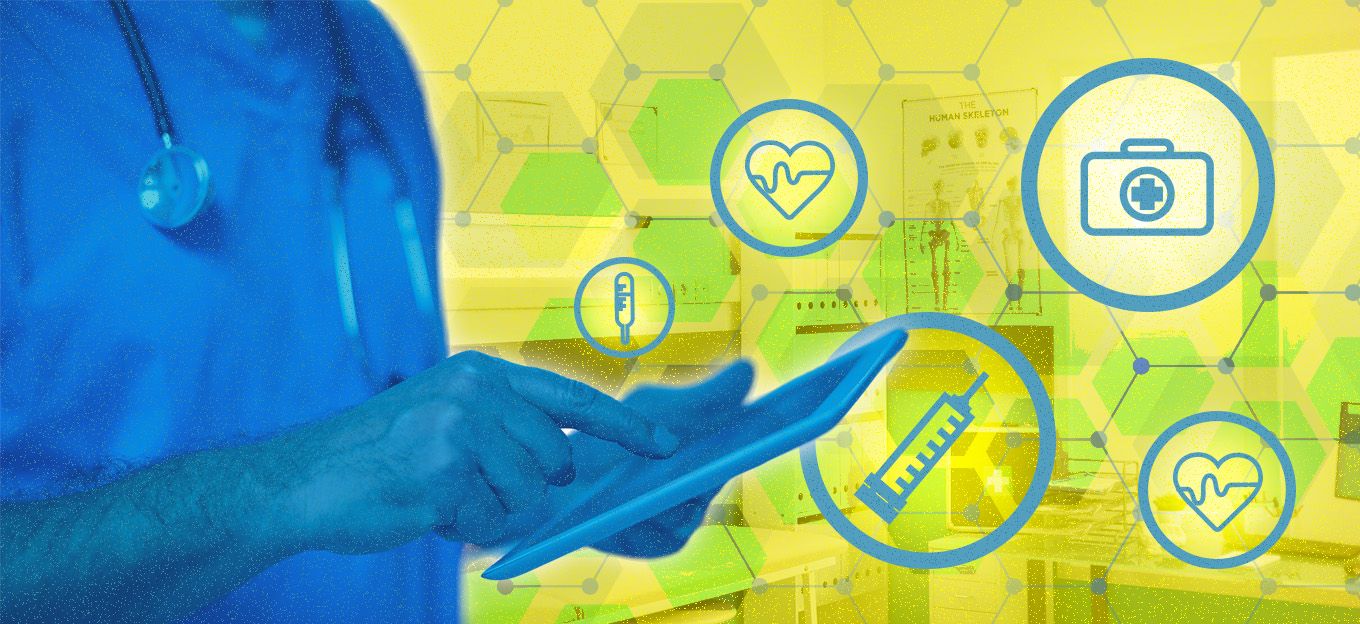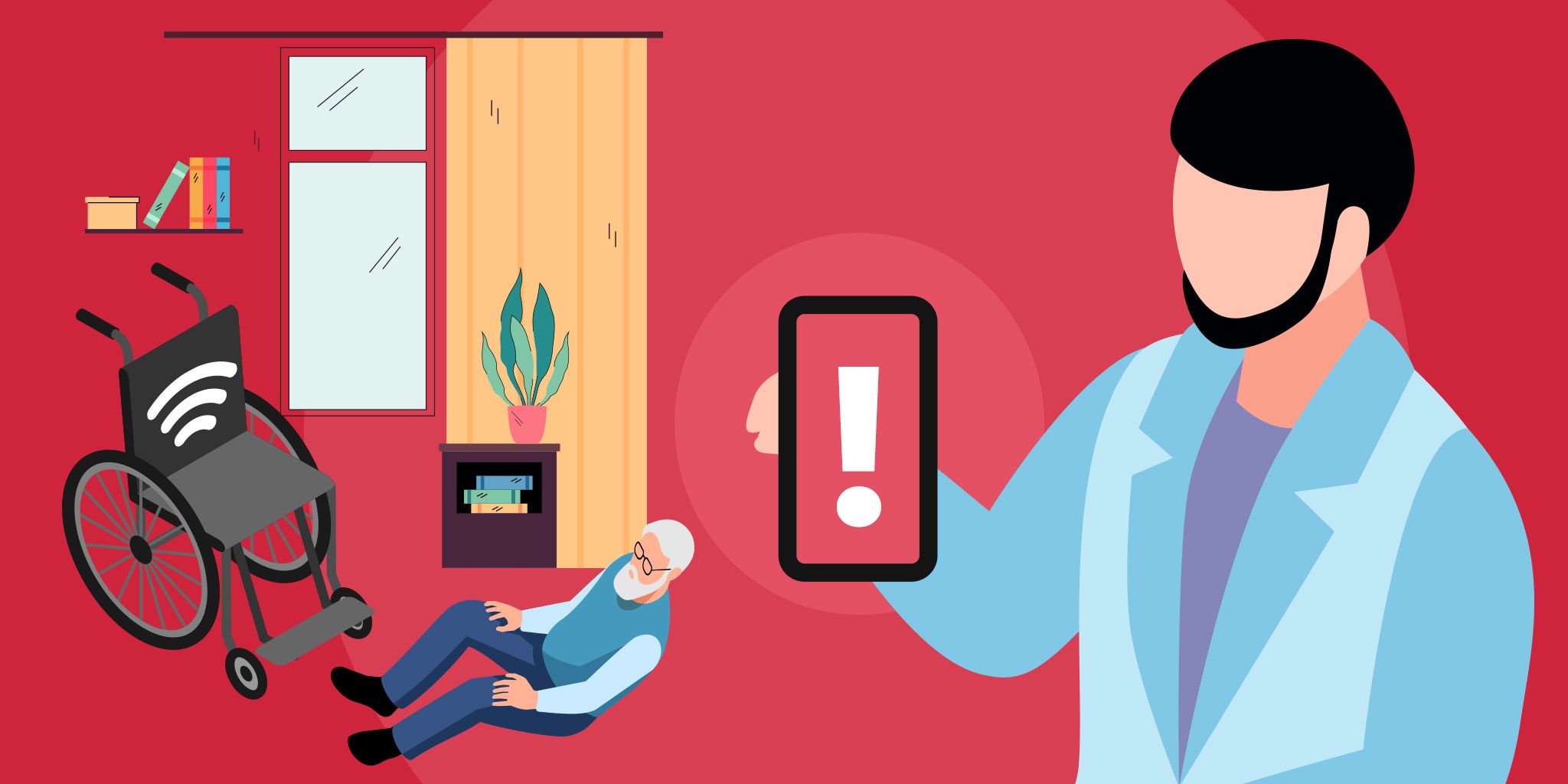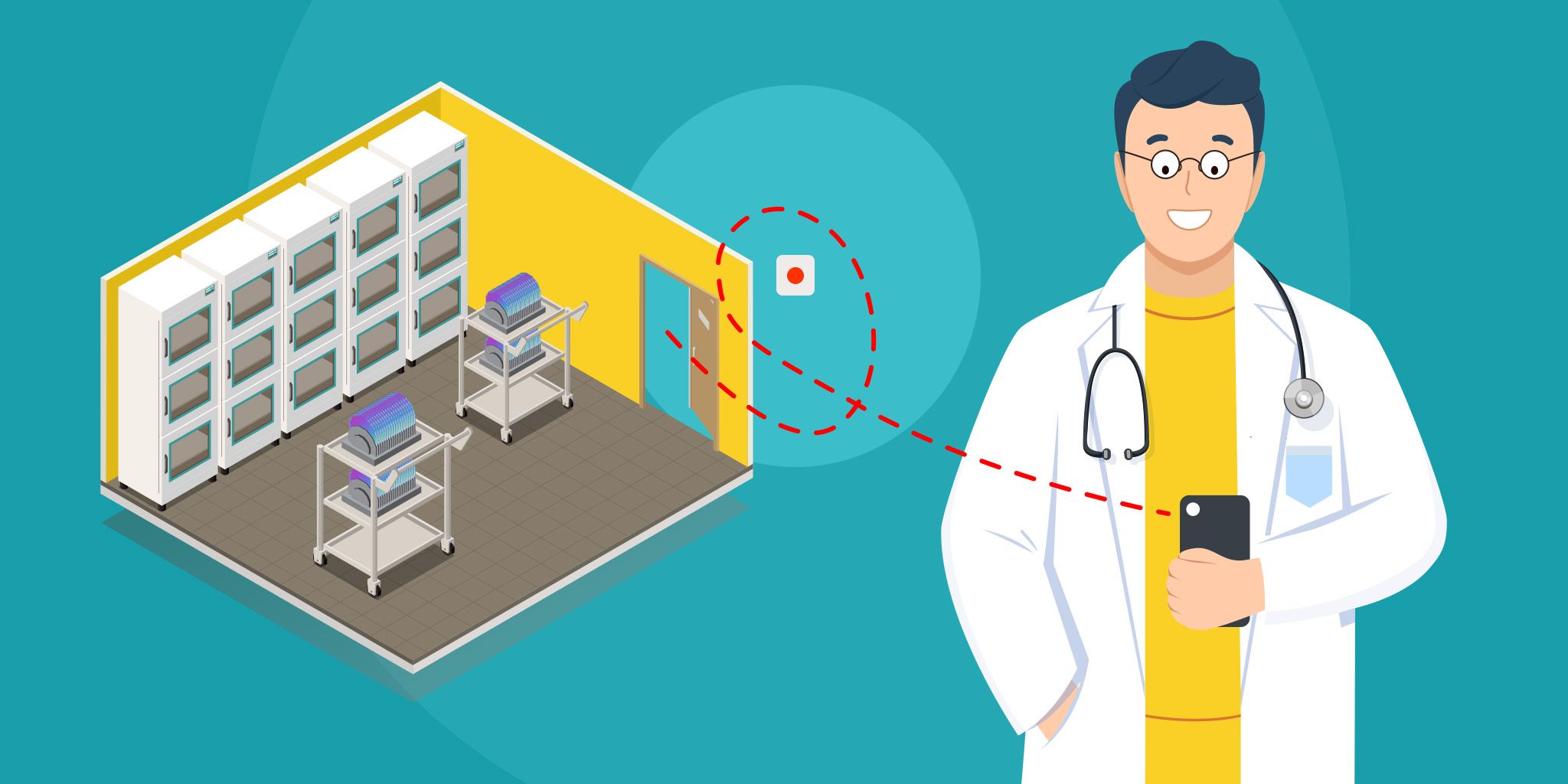7 IoT Design Mistakes That Put HIPPA Compliance At Risk
7 IoT Design Mistakes That Put HIPPA Compliance At Risk
- Last Updated: October 7, 2025
CoreFragment Technologies
- Last Updated: October 7, 2025



From smart heart-rate trackers to connected MRI machines, IoT is reshaping healthcare. These devices stream real-time patient data, enable remote monitoring, and even reduce hospital visits. But here is the catch: if IoT security is not handled right, it can put patient privacy at serious risk.
In this blog, we uncover 7 common but risky mistakes in healthcare IoT solutions and share practical fixes before they turn into costly breaches or legal risks.
1. Skipping Strong Encryption
Think of a Bluetooth-enabled glucose monitor sending patient readings straight to a doctor app. Without encryption, anyone nearby with the right tools could intercept that data.
Why it is risky : HIPAA requires patient data in transit and at rest to be secured. If it’s sent in plain text, it’s like shouting a diagnosis in a crowded elevator.
Solution: Encrypt every transmission from device-to-app-to-cloud. Use AES-256 or TLS 1.3, and update regularly. Just like a hospital secures physical records behind locked doors, IoT devices must lock down digital data.
2. Weak or No Authentication
A network-connected IV pump that still uses its default password (admin123). A hacker scanning hospital networks could log in and control it, or worse, read sensitive dosage data.
Why it is risky : If anyone can access IoT devices, attackers could not only violate HIPAA but also interfere with patient care.
Solution : Enforce unique device credentials, require multi-factor authentication, and regularly rotate passwords. Think of it like requiring ID, PIN, and a badge scan before accessing a restricted hospital room.
3. Unsafe Data Storage on Devices
Wearable ECG monitors often cache patient data before syncing to a server. If the device is lost or stolen, and the data is not encrypted, that is an instant HIPAA violation.
Why it is risky : Sensitive data left on the device makes it vulnerable the minute the gadget leaves controlled hands.
Solution : Minimize local storage. Instead, securely stream data to a trusted cloud. If local storage is needed, encrypt files and ensure remote wipe features exist. It is like giving devices a digital self-destruct button for patient info.
4. No Plan for Updates and Patches
A connected blood pressure monitor that can not receive firmware updates. When a new security flaw is discovered in its operating firmware, every deployed device remains exposed.
Why it is risky: Hackers often target known vulnerabilities. If IoT devices can not be fixed, hospitals are forced to either risk exposure or replace thousands of devices.
Solution: Build IoT systems with OTA (over-the-air) updates, so devices can be patched remotely. Just like vaccines protect against new viruses, patches protect IoT devices from the latest cyber threats.
5. Forgetting Audit Logs and Monitoring
A connected MRI scanner processes thousands of patient images but does not log who accessed the system or attempted changes. If suspicious activity occurs, there is no way to trace it.
Why it is risky: HIPAA requires detailed logging. Without audit trails, it is nearly impossible to spot, investigate, or prove when a breach happened.
Solution: Enable time-stamped, tamper-proof logging across all IoT devices. Centralize those logs so administrators can spot strange activity across the network. Think of it as having CCTV cameras inside the digital hospital.
6. Insecure Data Sharing Between Systems
A smart infusion pump that shares data with electronic health record (EHR) system via weak protocols. If data is intercepted, treatment records can be altered or exposed.
Why it is risky: IoT is rarely standalone - devices constantly exchange information with apps, servers, and third-party systems. Every hop introduces risk.
Solution: Use secure interoperability standards like HL7 FHIR with encryption. Test regularly to ensure integrations don’t create leaks. Its like ensuring an ambulance hands off a patient securely to the ER - no information should get lost or hijacked.
7. Ignoring Device End-of-Life & Disposal
Old hospital smart tablets or connected vital sign monitors dumped into recycling without secure erasure. Patient names, histories, and vitals may still live on those devices.
Why it is risky: Even outdated devices can expose PHI long after retirement. HIPAA violations can occur if recycling facilities or third parties access leftover data.
Solution: Bake lifecycle planning into design. Devices should support secure wipe or physical destruction methods. Just like expired medications are properly disposed of, so must expired IoT devices.
Conclusion
IoT is revolutionizing healthcare with smarter, connected devices, but innovation should never compromise patient privacy. By identifying and avoiding seven common pitfalls, healthcare organizations can safeguard patient information, maintain HIPAA compliance, and ensure that security becomes a foundation of innovation - not an afterthought.
The Most Comprehensive IoT Newsletter for Enterprises
Showcasing the highest-quality content, resources, news, and insights from the world of the Internet of Things. Subscribe to remain informed and up-to-date.
New Podcast Episode

Moving Past the Pilot Phase in IoT and AI
Related Articles




